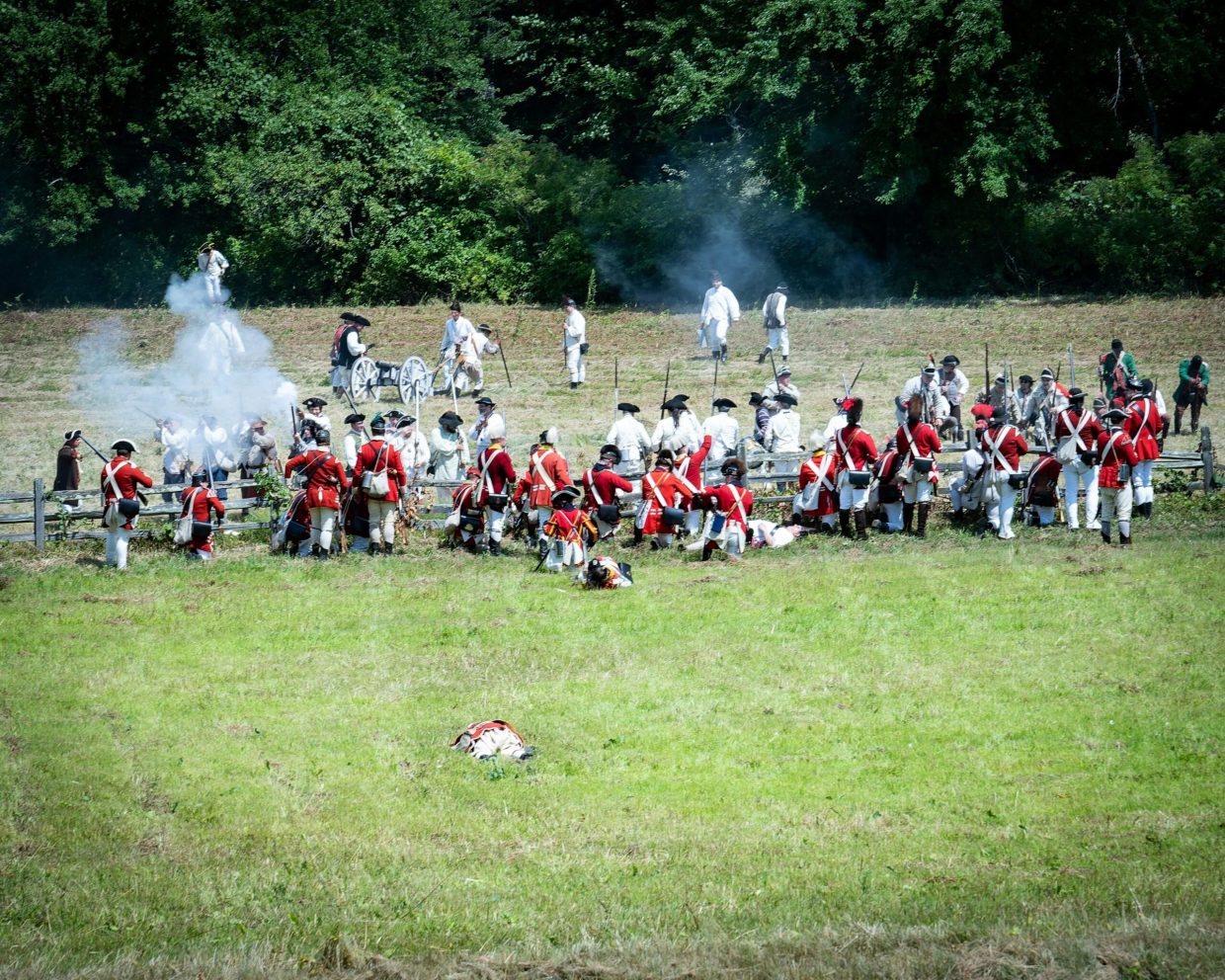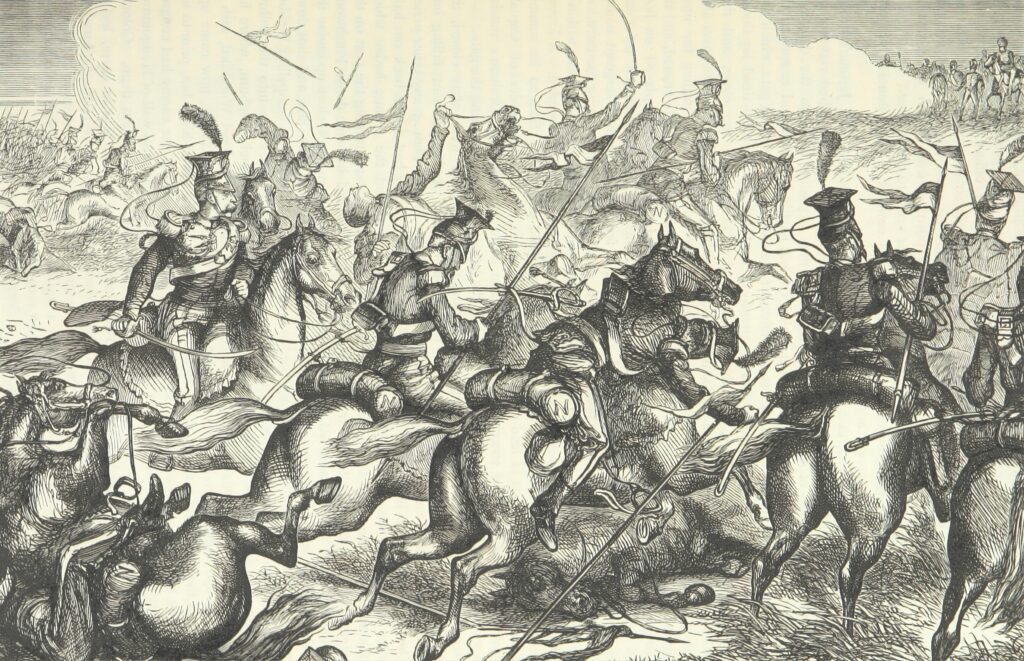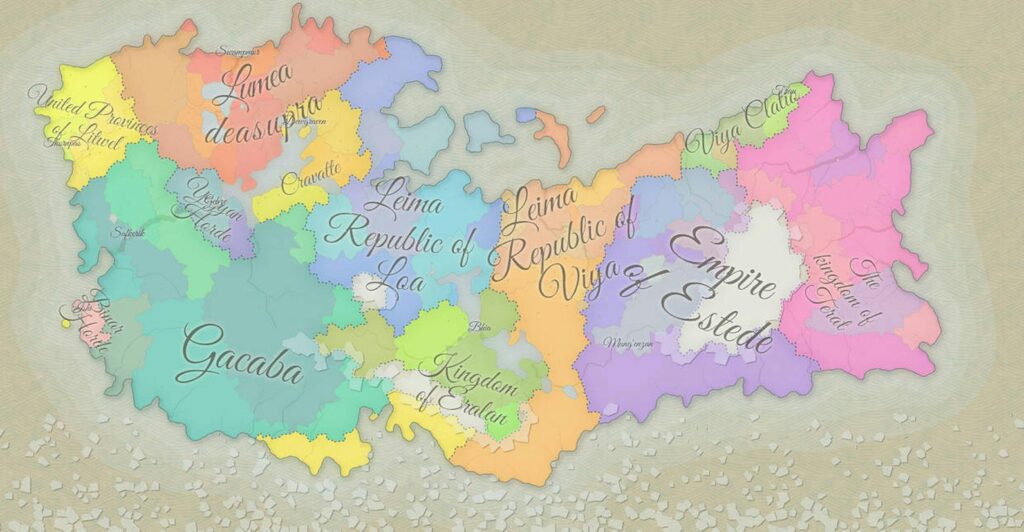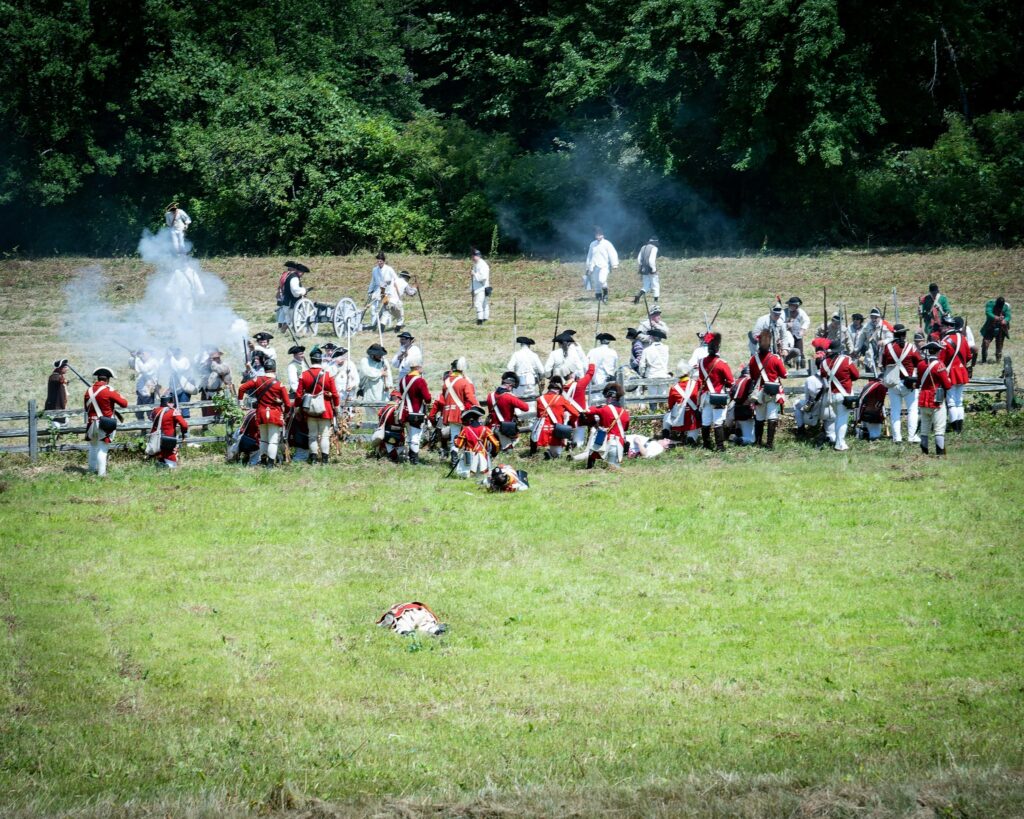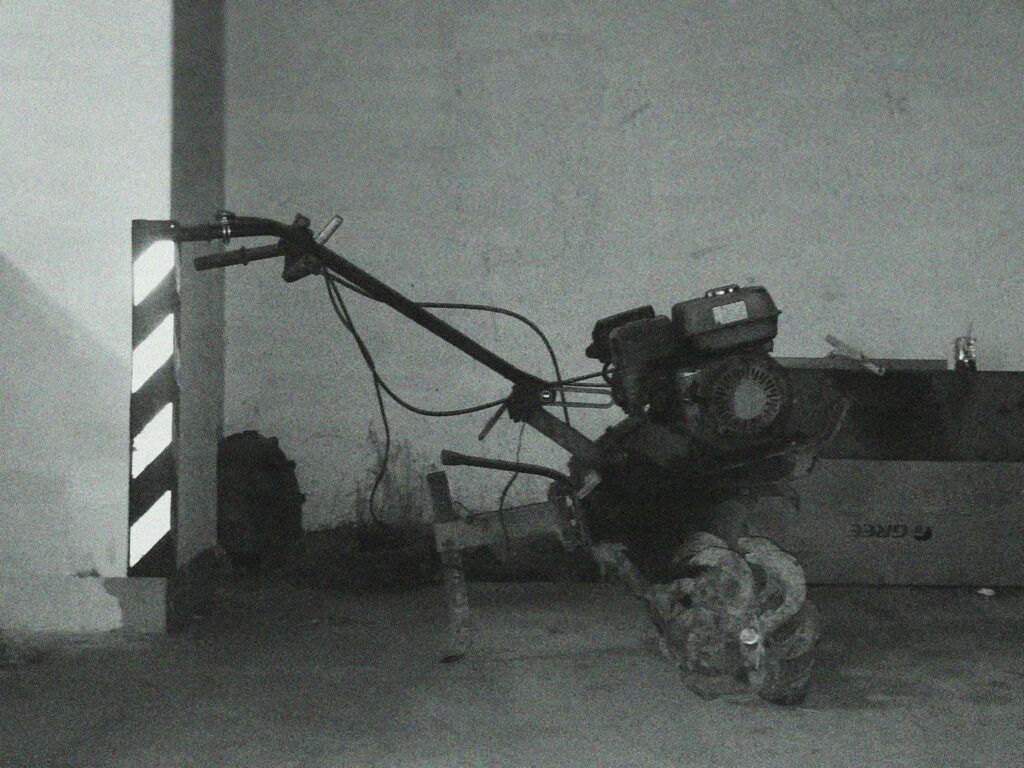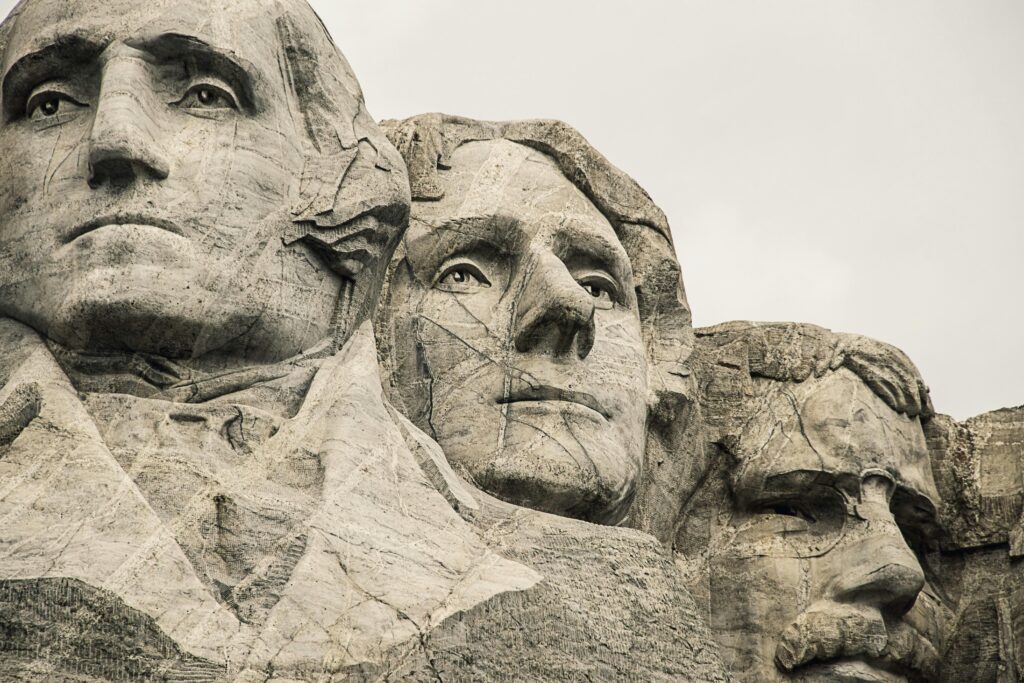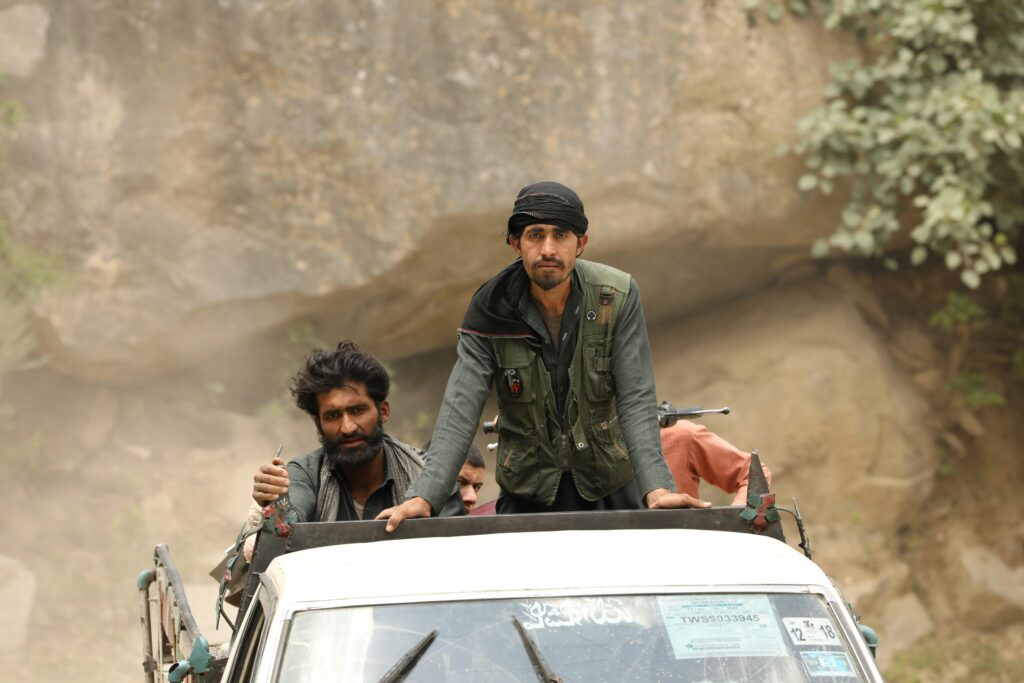The Battle of Waterloo stands as one of history’s most pivotal clashes, marking the dramatic end of Napoleon Bonaparte’s ambitious quest for European dominance. Fought on June 18, 1815, this decisive encounter brought together the formidable French forces against a coalition of Allied armies led by the Duke of Wellington and Prussian General Gebhard Leberecht von Blücher. In this article, we’ll explore how the strategies, key moments, and aftermath of Waterloo sealed the fate of Napoleon’s empire and reshaped the political landscape of Europe for years to come. Join us as we delve into the battle that changed the course of history.
Table of Contents
- The Rise and Fall of Napoleon’s Strategic Ambitions
- Key Battles and Tactical Decisions that Shaped Waterloo
- The Role of Allied Forces in Ending Napoleon’s Reign
- Lessons from Waterloo for Modern Military Strategy and Leadership
- Future Outlook
The Rise and Fall of Napoleon’s Strategic Ambitions
Napoleon Bonaparte’s meteoric ascent was fueled by a visionary approach to military strategy that revolutionized warfare in the early 19th century. His relentless pursuit of rapid, decisive victories hinged on unpredictable maneuvers, concentrated force, and innovative tactics. Early triumphs, such as the spectacular campaigns in Italy and the swift takeover of much of Europe, underscored his ability to capitalize on the weaknesses of divided coalitions. Yet, beneath these successes lay the seeds of overreach. As Napoleon stretched his armies across vast territories, his supply lines became increasingly vulnerable, and his adversaries learned to adapt to his playbook. The once formidable Grande Armée struggled as logistical bottlenecks and exhaustion set in, challenges that no amount of brilliance could fully overcome.
This deterioration was compounded by the emergence of coordinated resistance from the Seventh Coalition, whose leaders studied and countered Napoleon’s strengths relentlessly. Key factors accelerating the decline included:
- Allied unity: Nations like Britain, Prussia, Austria, and Russia formed a resilient front, pooling resources and intelligence.
- Technological and tactical evolution: Enhanced artillery and improved infantry formations leveled the playing field.
- Spy networks and communication: Forewarned of Napoleon’s intentions, the allies outmaneuvered him strategically.
Ultimately, the Battle of Waterloo crystallized the collapse of a grand strategic vision, marking a turning point where tactical ingenuity could no longer mask the systemic vulnerabilities. This final confrontation sealed the fate of an empire, forever transforming the geopolitical landscape of Europe.
Key Battles and Tactical Decisions that Shaped Waterloo
Napoleon’s tactical genius was put to the ultimate test on 18 June 1815, where a series of critical decisions defined the fate of his empire. One of the pivotal moments came early in the battle when he chose to delay the main assault on the Allied center. This hesitation allowed Wellington’s forces to reinforce and hold key positions, thwarting the French advances. Additionally, the timely arrival of Prussian troops under Field Marshal Blücher effectively outflanked French positions, sealing the disaster for Napoleon’s army. The intricate coordination between Wellington’s defensive resilience and Blücher’s coordinated offensive showcased how multinational cooperation undermined the previously invincible French war machine.
Several key tactical elements determined the battle’s outcome:
- Use of Terrain: Wellington expertly utilized the reverse slopes of the ridges to minimize French artillery effectiveness.
- Reinforcement Timing: Blücher’s arrival at crucial moments turned the tide against the French right flank.
- Infantry Squares: Allied infantry formed formidable defensive squares to repel Napoleon’s cavalry charges.
- Command Decisions: Napoleon’s delayed commitment of the Imperial Guard ultimately squandered the final opportunity for a decisive breakthrough.
In essence, Waterloo was as much a battle of strategic patience and adaptability as it was of brute force, demonstrating that the greatest empires can fall not simply to overwhelming might but to the mastery of battlefield decisions and alliances.
The Role of Allied Forces in Ending Napoleon’s Reign
The downfall of Napoleon was not a solo feat but rather the result of a meticulously coordinated effort by the Allied powers, each bringing unique strengths to the battlefield. Britain, Prussia, the Netherlands, and several German states forged a temporary but powerful coalition united by the common goal of ending French dominance in Europe. This alliance showcased the strategic brilliance of leaders like the Duke of Wellington and Prussian Field Marshal Gebhard Leberecht von Blücher, whose synchronization and resilience were crucial in surrounding and defeating Napoleon’s troops. The coalition’s ability to pool resources and maintain steadfast cooperation allowed them to outmaneuver Napoleon, turning the tide decisively at Waterloo.
The collaboration extended beyond mere military engagements—each nation contributed so much more:
- Intelligence sharing ensured that movements of French forces were anticipated and countered effectively.
- Supply chains crossed borders, keeping troops well-equipped during prolonged engagements.
- Combined tactics integrated different military traditions and expertise, making their battle plans versatile and adaptive.
- Political unity reinforced the legitimacy of their cause, rallying public support across Europe.
Ultimately, this alliance did not just triumph over an empire; it set a precedent for future multinational coalitions and reshaped the European balance of power for generations.
Lessons from Waterloo for Modern Military Strategy and Leadership
Adaptability and coalition building are timeless pillars for successful military campaigns, and Waterloo serves as a striking example. Napoleon’s failure to decisively defeat the Allied forces before the arrival of Prussian reinforcements highlights the crucial need for real-time strategic flexibility. Modern commanders can learn that rigid adherence to initial plans often becomes a liability in dynamic combat environments. Furthermore, the strength of the Allied coalition—British, Dutch, Belgian, and Prussian troops working in concert—demonstrates the power of multinational cooperation. Today’s military leaders must effectively navigate political complexities and foster interoperability among allied forces to achieve unified objectives.
From a leadership perspective, Waterloo underscores the importance of clarity in communication and decisive command. Marshal Ney’s infamous delays and miscommunications contributed to missed opportunities that could have altered the battle’s trajectory. Leaders must ensure clear lines of communication and maintain situational awareness, especially under pressure. Additionally, Napoleon’s personal leadership style, which blended charisma with calculated risk-taking, remains a study in balancing boldness with prudence. Modern military leaders can draw from these lessons to cultivate resilience, inspire troops, and execute strategies with both courage and caution.
- Foster adaptability to rapidly changing battlefield conditions
- Prioritize building and maintaining strong alliances
- Ensure clear, timely communication across command chains
- Balance bold leadership with strategic patience
Future Outlook
The Battle of Waterloo stands as one of history’s most pivotal moments, marking the definitive end of Napoleon’s imperial ambitions and reshaping the course of Europe. Beyond the clash of armies and thunder of cannon fire, Waterloo symbolizes the ultimate lesson in leadership, strategy, and the consequences of unchecked ambition. As we reflect on the battle’s enduring legacy, it becomes clear that Waterloo was more than just a military defeat—it was the turning point that ushered in a new era of balance and order on the continent. Understanding this historic encounter helps us appreciate the complexities of power and the fragile nature of empire-building in a rapidly changing world.


